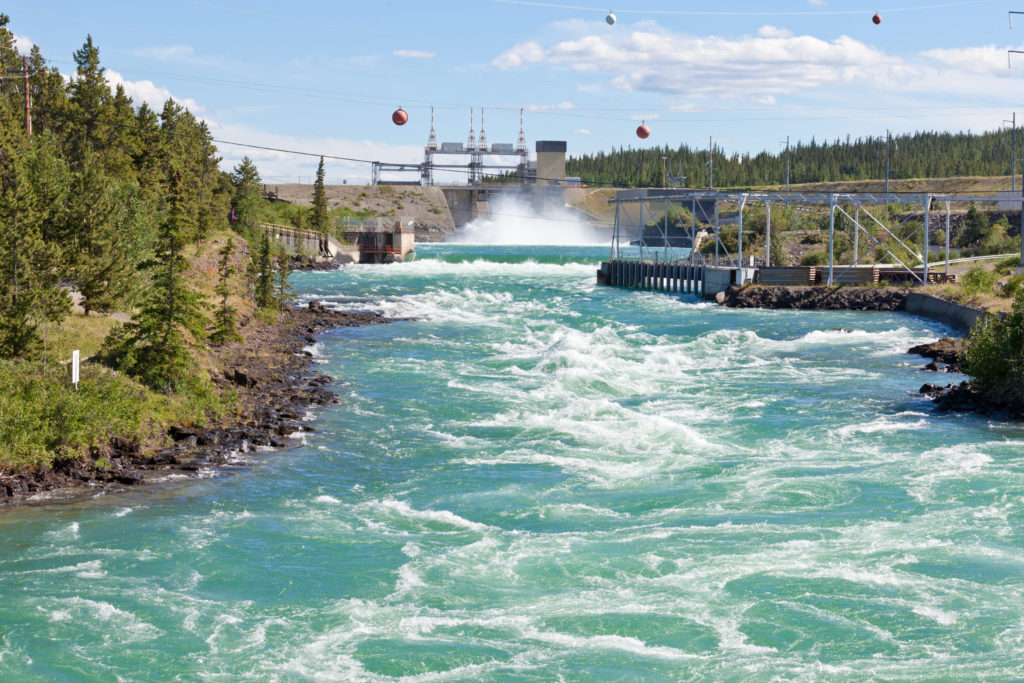Influence of wind on wave heights in the Kazakh Caspian Sea
Yeltay Aizat1,2*, Natalya Ivkina2, Bjørn Kløve3
1Department of Meteorology and Hydrology, Faculty of Geography and Environmental Sciences, Kazakh National University after named al-Farabi, Republic of Kazakhstan
2Department of Hydrometeorological Research of the Caspian Sea, Research Center, Republican State Enterprise “Kazhydromet”, Republic of Kazakhstan
3Water, Energy and Environmental Engineering Research Unit, Faculty of Technology, University of Oulu, Finland
*Corresponding autor: yeltay_aizat@mail.ru
Bjørn Kløve: bjorn.klove@oulu.fi; Natalya Ivkina: n_ivkina@mail.ru.
https://doi.org/10.29258/CAJWR/2019-R1.v5-1/58-70.engResearch paper

Abstract
With the development of shipping in the Caspian Sea, the need for high-quality data on wave characteristics has increased. In the present work, the analysis of maximum wave height at coastal stations in Kazakhstan was carried out using wave and wind data and numerical modeling with the SWAN model. The influence of stationary wind and its direction on the wave height was determined. The results show that the changes in the parameters of the wind wave depend on the wind speed and direction. At wind speeds below 10 m/s, the predicted wave height can reach 3 m in the Middle Caspian basin. In the Northern Caspian basin, where the depths are shallow, the waves do not exceed 2 m. The study output produced the first wind zoning map for the Kazakh part of the CaspianSea.
Download the articleHow to cite: Aizat, Y., Ivkina, N., & Kløve, B. (2019). Influence of wind on wave heights in the Kazakh Caspian Sea. Central Asian Journal of Water Research, 5(1), 58–70. https://doi.org/10.29258/cajwr/2019-r1.v5-1/58-70.eng
References
- Arpe, K., Tsuang, B., Tseng, Y,. Liu, X. and Leroy, S., 2019, “Quantification of climatic feedbacks on the Caspian Sea level variability and impacts from the Caspian Sea on the large-scale atmospheric circulation”, Theoretical and Applied Climatology, Vol. 136, pp. 475–488.
- Hydrometeorology and hydrochemistry of the seas, 1992, Vol. VI. Caspian Sea. Issue 1. Hydrometeorological conditions. SPb.: Gidrometeoizdat, 359 p.
- Ionov, O. “Experts believe that the cause of the accident of the tanker “Grigori Bugrov” off the coast of Dagestan was a collision with an underwater object”, Caucasian Knot. Available at: https://www.kavkaz-uzel.eu/articles/194142/ [15 December 2018].
- Ivkina, N.I. and Galayeva A.V., 2017, “Prediction of Wind Waves in the Caspian Sea Using the SWAN Model”, Hydrometeorology and Ecology, Vol. 2 No 85, pp. 36-45.
- Ivkina, N.I. and Galayeva, A.V., 2016, “On the application of the SWAN spectral wave model for forecasting waves in the Caspian Sea // Water Resources of Central Asia and their use: Mater. International Scientific – practical Conf., devoted to summing up the results of the decade declared by the UN “Water for Life”, Almaty, 2016, pp. 103-107.
- Ivkina, N.I., and Stroeva, T.P., 2005, “Features of excitement in the shallow northern part of the Caspian Sea”, Hydrometeorology and Ecology, Vol. 4 No 39, pp. 54-61.
- Ivkina, N.I., Stroeva, T.P. and Sokolova L.M., 2006, “Unrest in the Kazakhstan sector of the middle Caspian” Hydrometeorology and Ecology, Vol. 1 No 40, pp. 88-97.
- JSC NC”Aktau, 2018, “Sea commercial Port”. Available at: https://www.portaktau.kz [20 November 2018].
- Korovin, V.P. and Timets, V.M., 2000, “Methods and means of hydrometeorological measurements (Oceanographic work)”, Hydrometeoizdat, St. Petersburg.
- ”Port Kuryk”, 2018. Available at: https://www.portkuryk.kz [20 November 2018].
- SWAN Technical Documentation, SWAN Cycle III version 40.51A. – Netherlands: University of Technology, Delft, 2007. 98 р. Available at: http://swanmodel.sourceforge.net/.
- Yaitskaya, N.A., 2017, “Retrospective analysis of wind waves in the Caspian Sea in a second half of the XX – beginning of the XXI century and its connection with the regional climate changes”, Geographical bulletin, Vol. 2 No 41, pp. 57-70